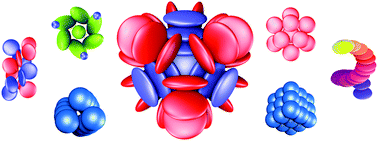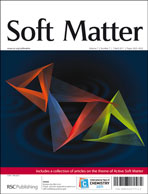Self-assembly of anisotropic particles
Abstract
We discuss the main features of the potential energy landscape that are associated with efficient ‘structure-seeking’ systems for particles interacting via anisotropic, pairwise additive forces. The interparticle potentials employed here are intended for a coarse-grained description of mesoscopic building blocks, such as colloids or functionalised metal clusters. We show that the anisotropy of the building blocks and the orientation-dependent interaction strengths are the most important factors that govern


 Please wait while we load your content...
Please wait while we load your content...